(following from welcome page) This pictorial approach has always stand in reaction to the normative academism of court painting styles. It can be characterised by a lighting simplicity, a dazzling execution, an economy of strokes and the strength of brushstrokes without remorse. The painter does not try to reproduce nature but to suggest its beauty, strength, fugacity and the energy of life, while giving the main role to empty space which is of course an evocation of Buddhist Emptiness. In that sense, Chan painting is no more Chinese or Japanese but transcultural, i.e. universal.
Through an insight beyond form, the Chan painter try to grasp and recreate the essence and the quiver of life which is never devoid from a spark of crazy wisdom and humour as in Chu Ta’s Fishes among Rocks (1626-1705) : ‘’This idealistic underwater vision – unless (the fishes) are actually flying in the air which might well be Chu Ta’s intention as a great invertor of all common rules – is a true manifestation of Chan mind’’.
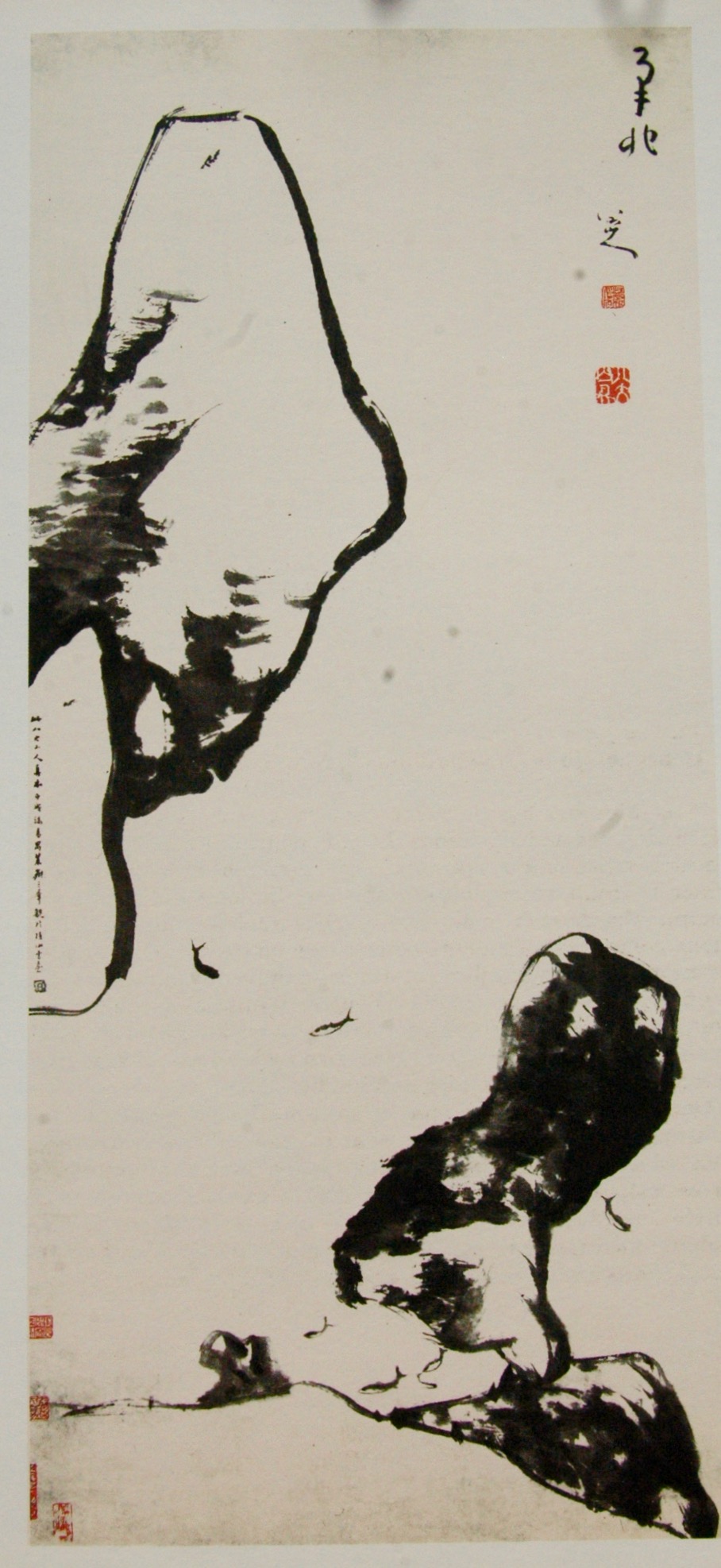
Chu Ta’s Fishes among Rocks
Therefore the landscape spiritual painting is a state of being: it is neither historical nor religious, and its purpose is not to transmit feelings or impressions. It is not a sacred art like icons painting or hieratic art which are only faithful reproductions and transmissions of prototypes even if they share the same necessary spiritual preparedness of the painter and the use of simples means to evoke and suggest an ineffable reality.
Monochromatic painting can be called ‘’Chan’’ when it becomes the actualisation of a contemplative intuition, when it cuts through mental grasping or egoistic affirmation which dissolve in the serene quietude of emptiness. In other words, when it carries a Chan meaning beyond concepts and intellections, also called zen mind, free from mental fabrications and artifices. For Li Xiang Hong, a contemporary Chinese master :’’Zen painting is the highest level of painting and it is also the highest level of humanity since to be a good painter you have to be first and foremost a good human being’’. For Suzuki Roshi:
‘’When it is said ‘’everything is Buddha nature’’ it means that every thing is the very Buddha nature; when there is no Buddha nature, there is nothing what so ever (…) Being a human is to be a Buddha. Buddha nature is just another name to say human nature, our true human nature. Therefore even if you do nothing, you are doing something: you express your true nature. Your eyes express it, your voice expresses it, your attitude too. It is important to express our true nature in the most simple, the most appropriate way and to recognize it in the smallest of phenomena.’’ (2)
We could add :’’…and your brush will express it’’ and we would have a perfect exposition of the spiritual dimension of Chan painting which makes it so unique in art history.
____________________________________________________
(1) – Cheng F : Chuta, le génie du trait, Phebus
(2) – Shunryu Suzuki : Zen mind, beginners mind, Shambhala Publications


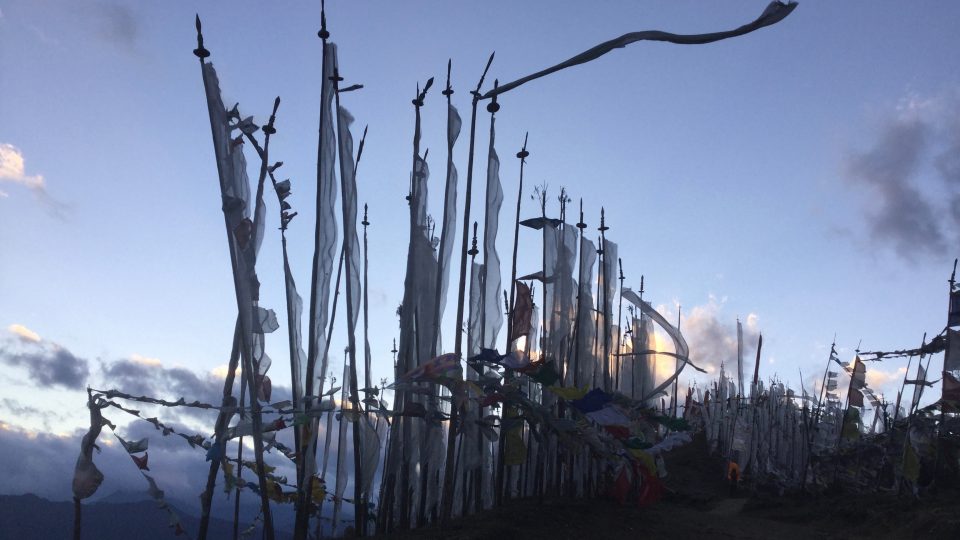
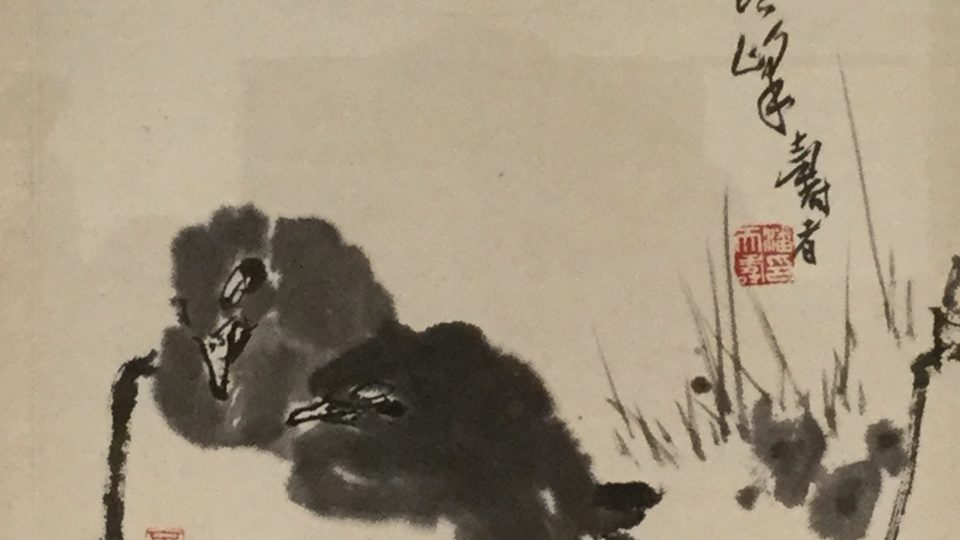
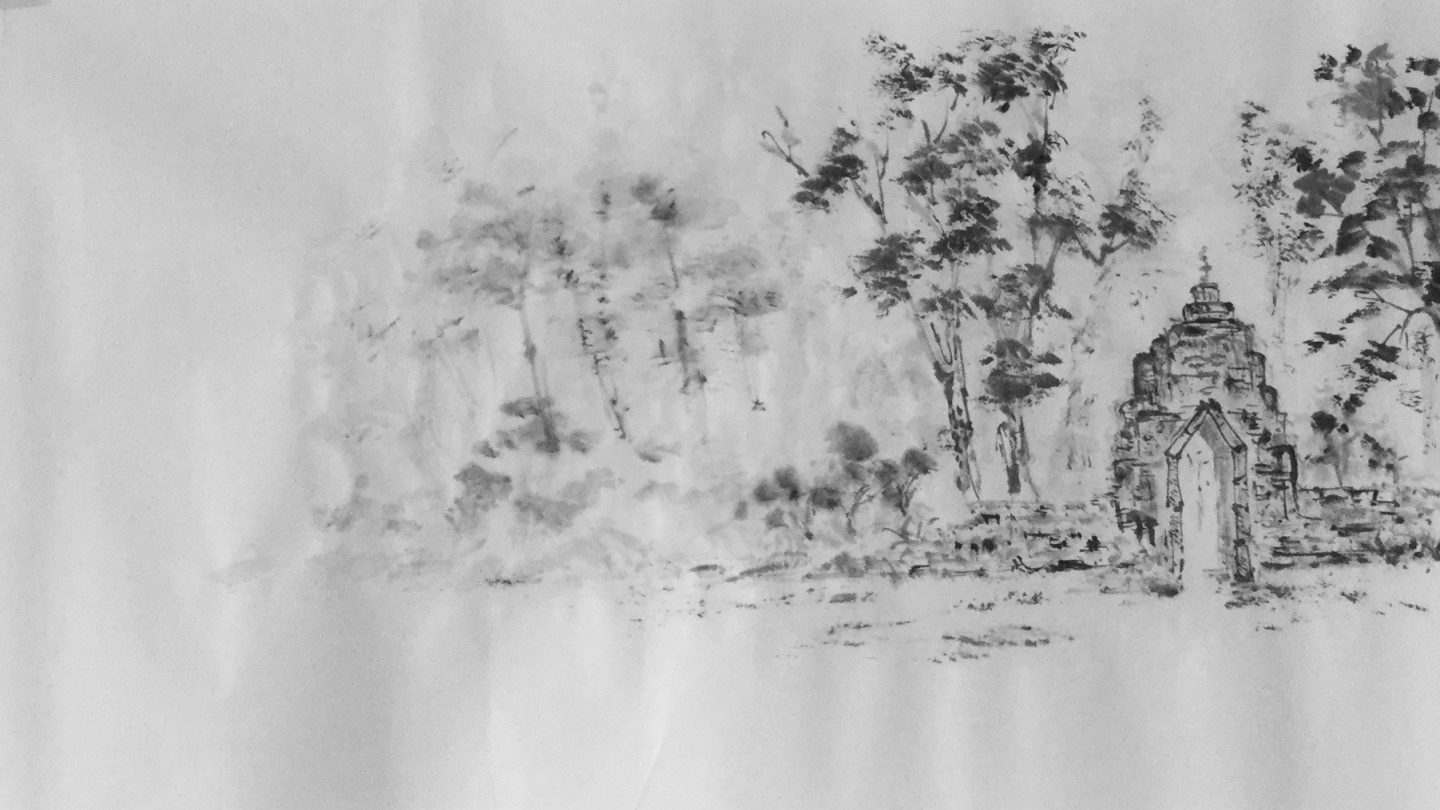

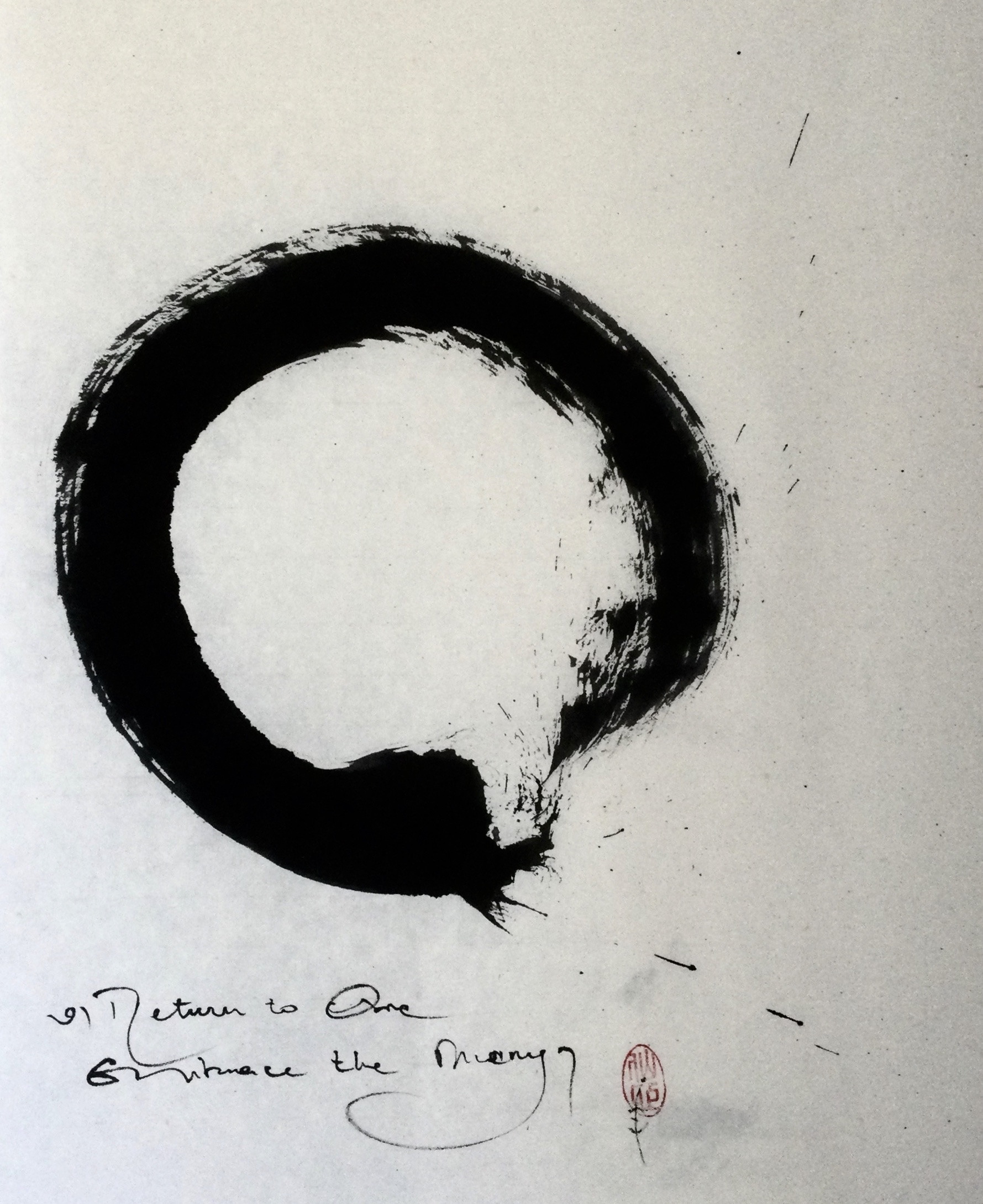
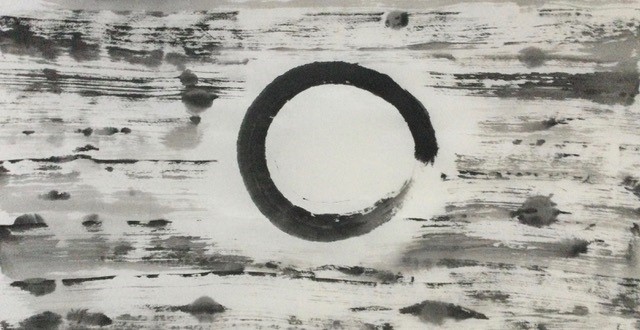

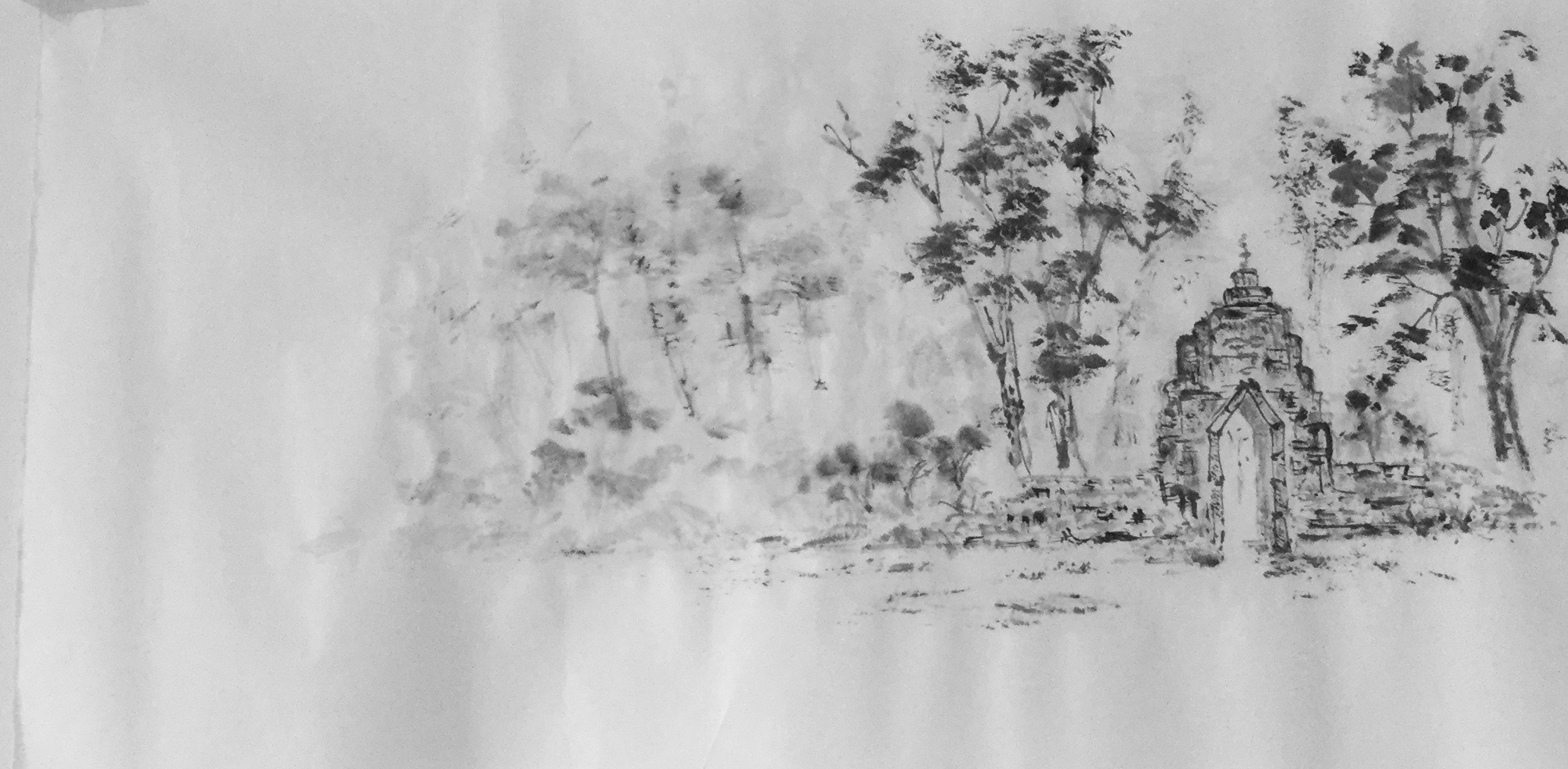
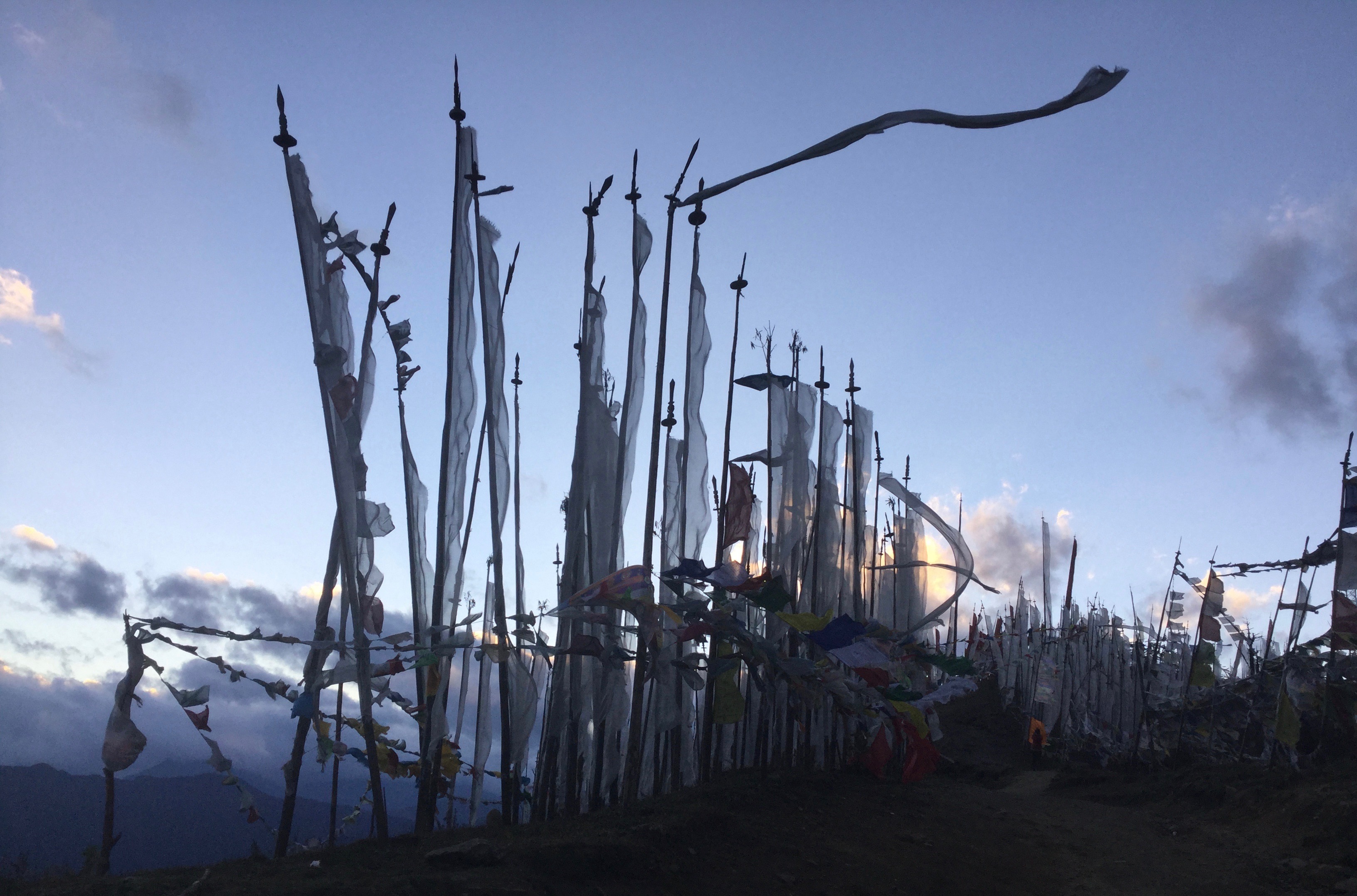
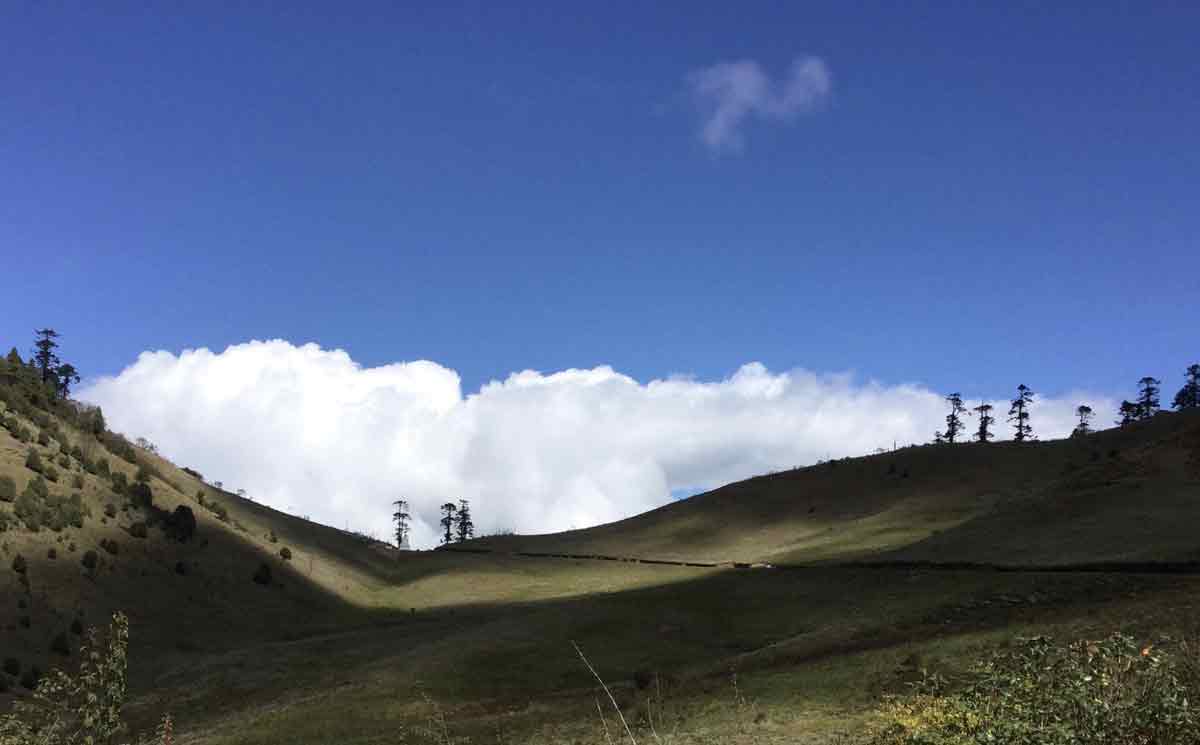
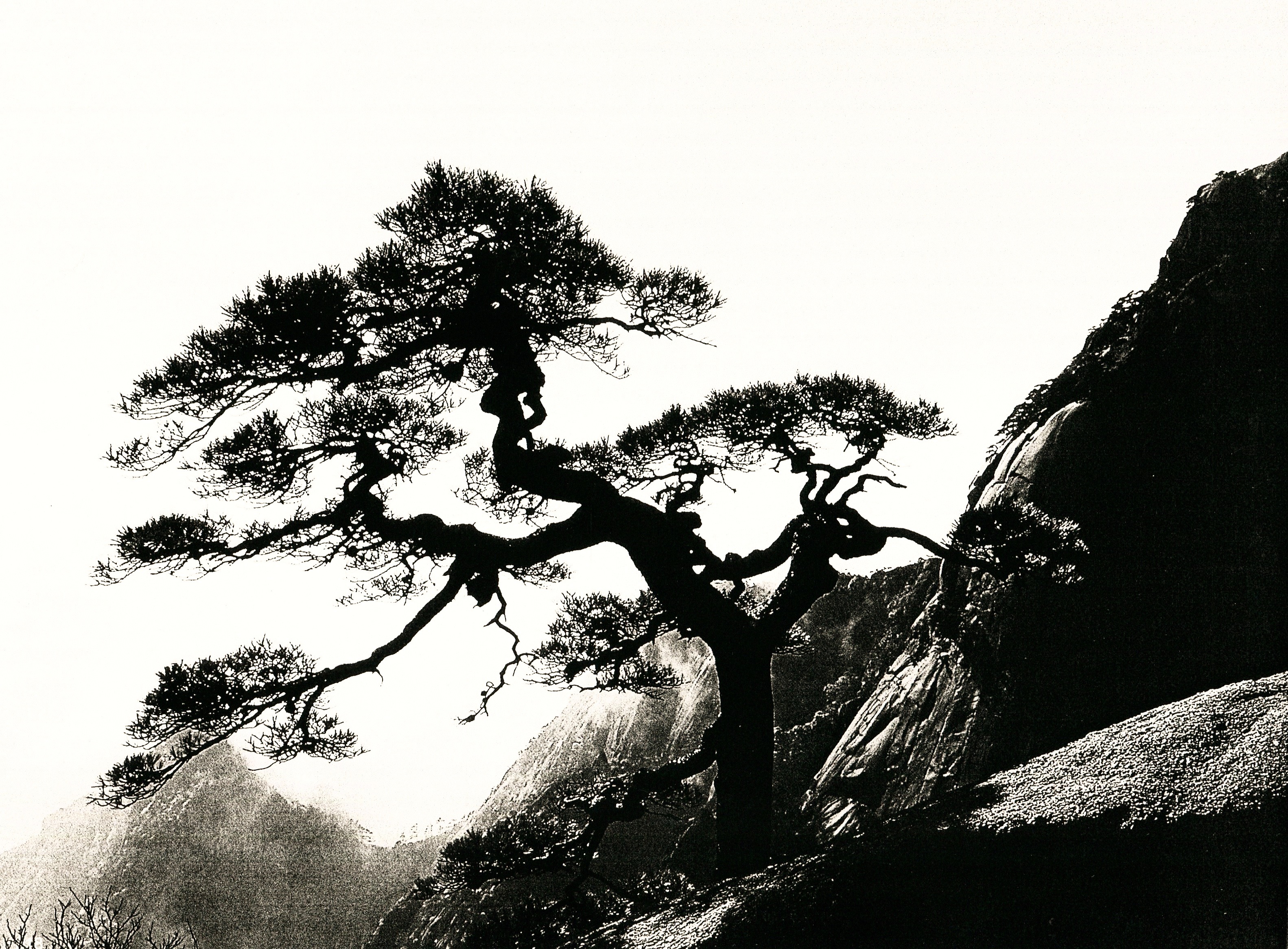

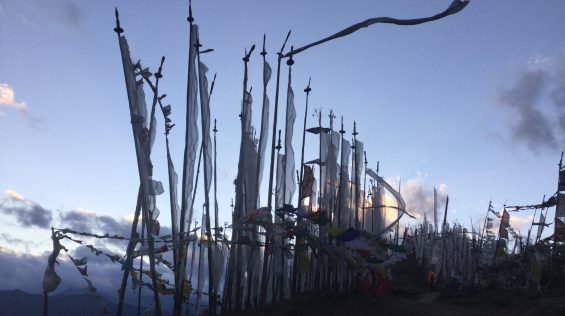
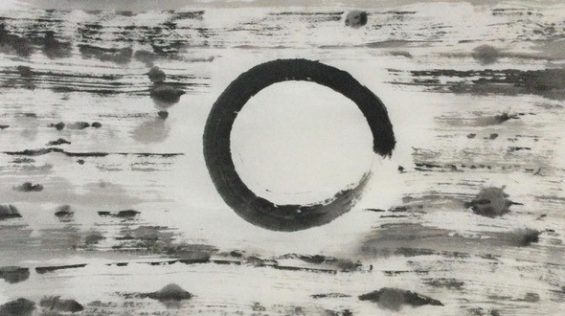
Comments (0)
Leave a reply